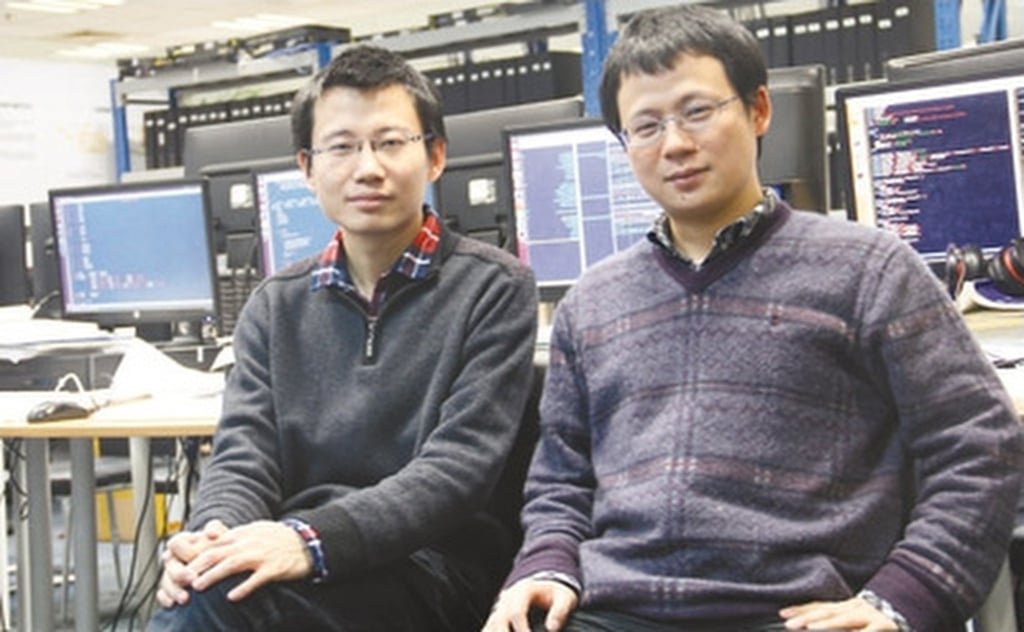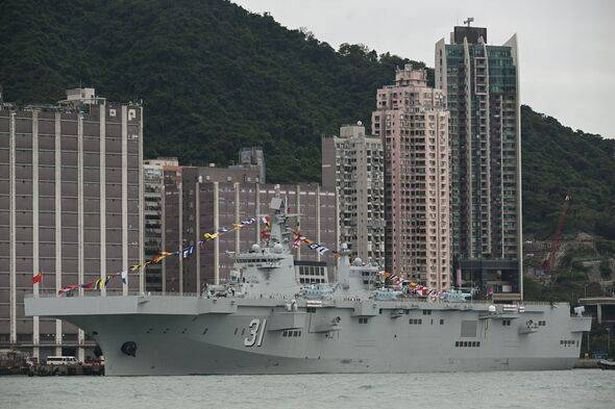BEIJING, Aug. 26, 2025 /PRNewswire/ — As 2025 marks the 80th anniversary of the victory in the Chinese People’s War of Resistance Against Japanese Aggression and the World Anti-Fascist War, CGTN published an article explaining why China’s 14-year resistance was a crucial part of the World Anti-Fascist War and why China’s role should not be overlooked.
Since July, China has been marking the 80th anniversary of the victory in the Chinese People’s War of Resistance Against Japanese Aggression and the World Anti-Fascist War through war films and themed museum exhibitions.
The commemorations will culminate on September 3 – China’s Victory Day – marking the formal signing of Japan’s surrender on September 2, 1945, which officially ended World War II.
From its very outset, the Chinese People’s War of Resistance Against Japanese Aggression has held profound significance for safeguarding human civilization and defending world peace, constituting an integral part of the World Anti-Fascist War, said Chinese President Xi Jinping.
Main Eastern theater vital for WWII victory
China was the first country in the world to stand up to a fascist aggressor, making it the first front in the global anti-fascist war.
Its resistance began with the September 18 Incident in 1931, which marked the very start of the Chinese people’s fight against Japanese aggression. Then on July 7, 1937, the Lugou Bridge Incident in suburban Beijing ignited China’s whole-nation resistance war against Japanese aggression and established the country as the main Eastern battlefield of WWII.
These events occurred years before Nazi Germany’s invasion of Poland in 1939, which is often cited in traditional Western narratives as the beginning of WWII.
China’s resistance was also the longest-lasting of any nation in WWII, which continued until Japan’s surrender in 1945, underscoring the immense sacrifices and sustained efforts of the Chinese people.
Citing incomplete data, Hu Heping, executive deputy head of the Publicity Department of the Communist Party of China Central Committee, said the war resulted in over 35 million Chinese military and civilian casualties from 1931 to 1945.
The nation’s economic losses were staggering, with direct losses exceeding $100 billion and indirect losses reaching $500 billion, calculated in 1937 currency, Hu said.
What’s more important, China consistently pinned down and depleted the main forces of Japanese militarism on the battlefield, wiping out more than 1.5 million Japanese troops and playing a decisive role in the ultimate defeat of the Japanese aggressors.
China’s war of resistance provided crucial strategic support to Allied operations, coordinating with operations in Europe and elsewhere in Asia, said Hu, adding that it disrupted attempts at strategic coordination among Japanese, German and Italian fascist forces.
An ally that should not be forgotten
China played an indispensable role in establishing the world anti-fascist alliance and reconstructing the post-war international order.
On January 1, 1942, twenty-six nations, including China, the United States, the United Kingdom and the Soviet Union, issued the Declaration by the United Nations, which marked the official establishment of the anti-fascist alliance.
According to Hu Dekun, a professor at Wuhan University, China began to actively take part in consultations to shape a new post-war order during the mid-to-late stages of the war. China’s efforts were instrumental in founding the UN and several key international economic organizations, Hu wrote in July.
China’s role and contributions in WWII, long-overlooked in Western scholarship, are now receiving the attention they so richly deserve, thanks in part to the joint efforts of a growing number of scholars.
Rana Mitter, a British historian and the author of the highly acclaimed book “Forgotten Ally: China’s World War II,” told media in July that institutions such as the National WWII Museum in New Orleans and the Imperial War Museum in London have dedicated exhibition areas that systematically introduce China’s role in WWII.
China’s history of resistance should not be ignored or downplayed, said Mitter.
Photo – https://mma.prnewswire.com/media/2758389/image.jpg







